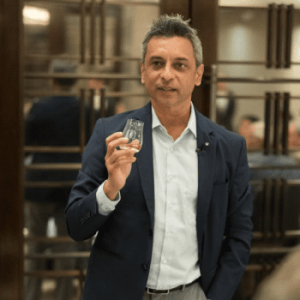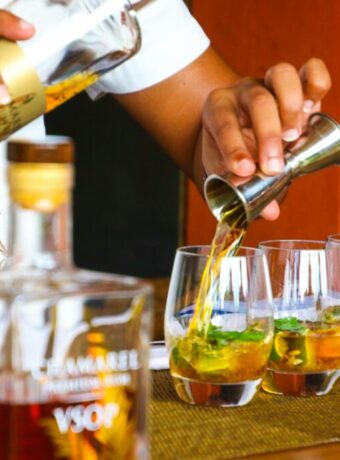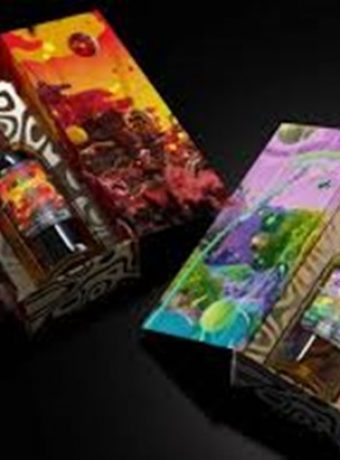Impressed with the performance of Indian whisky in the global spirit competitions and markets, John Distillery is doubling production. The outlook has improved for its beverages led by flagship expression Paul John. As expected, the process requires marketing, expansion, and more investment.
Michael D’Souza, the company’s master distiller, told The Spirits Business that the company intends to increase the number of barrels over the next three years. The John Distillery will need to invest to increase capacity from 1.5 million to 3 million liters annually.
D’Souza iterated: “Currently, we have 40,000 barrels. Our target is to reach 75 to 80,000 barrels. That would be the plan for the Goa operation. Post-2030, if everything goes well, we would have a new distillery somewhere in the southern part of India. That is our plan as of now and hopefully, it should work.”
John Distillery Will Increase Whisky Production By 2030
 A portfolio of 12 expressions is available, including non-peated and peated versions. The brand offers entry-level, flagship and select cask releases.
A portfolio of 12 expressions is available, including non-peated and peated versions. The brand offers entry-level, flagship and select cask releases.
However, there is much more in the expansion plans for the distillery. According to D’Souza, the company is looking to launch a rum-finished whisky. “We have a collaboration with a rum distillery in Barbados. So we have got their casks and I have transferred some of the best liquid, from five to six years old, into that. It’s aging and hopefully, in a few months, or years time, we should be ready for launch.”
Furthermore, D’Souza says he will not make comparisons with countries like Scotland and notes that the brand is unable to age and experiment the same way they are.
“We lose a substantial amount of alcohol due to angel’s share. The way maturation happens in other Indian distilleries such as Amrut and Rampur is entirely different. In those places, the ABV increases year on year due to the dry climatic conditions, whereas for us, being in Goa, it goes down because of the humidity.
“We don’t have much time to keep the whisky in the barrels because the liquid changes so fast due to the conditions. For example, if it is cooler you have a lot of time to do the innovations, to understand. When you do some kind of innovation or experiment, you need enough time to understand what is happening inside the cask, so we are taking small steps, but proper ones.”




